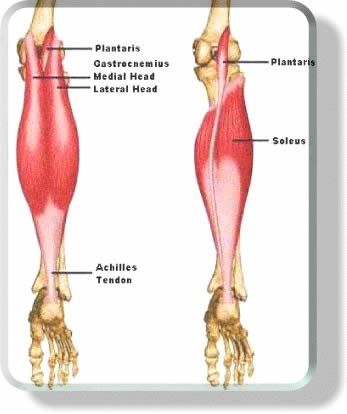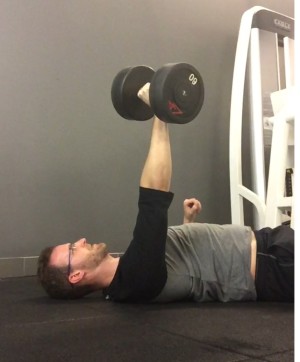Calf stretching is pretty common out there. Runners in particular love to do a little stretch off the fence before they hit the road. Something I have noticed is that there does not seem to be much awareness about the fact that there are two calf muscles. Depending on how you stretch, one will be emphasized over the other.
The ankle is an important joint that requires good mobility. Without proper range of motion it can affect movements like the squat and deadlift, as well as walking and running. The calves can certainly restrict the mobility of the ankle and therefore, you should make sure they have the proper ability to lengthen.
If you have determined that you need to do a little calf stretching to help with ankle mobility, then you need to be aware of the two main muscles to be stretched. The outer most muscle, called gastrocnemius, is the two headed muscle that is visible to the naked eye when looking at the back of the lower leg. Gastrocnemius extends from the knee down across the ankle joint, attaching at the heel. Because it crosses both the knee joint and the ankle joint, the position of your knee affects the stretch on this muscle.

Underneath the bulge, hidden from view, is the second calf muscle, called soleus. Soleus does not cross the knee and as such, is not affected by the position of the knee when stretching. It is depicted here on the right.

With this information think about the common ways of stretching the calves. One is to take the foot, put the toes up against the wall or some other vertical barrier, and then lean inslowly, bending at the knee. This primarily stretches the soleus muscle because when the knee bends, the gastrocnemius shortens, rather than lengthens. The second common stretch is to take the leg back behind you, brace both arms on the wall or some other vertical barrier, and lean fowards, stretching the calf on the outstretched leg. This will stretch the gastrocnemius (as well as soleus) because the knee is straight.
The following video will give you another look at the subject.
Keep that in mind the next time you are stretching and see what the differences are between the two muscles.


